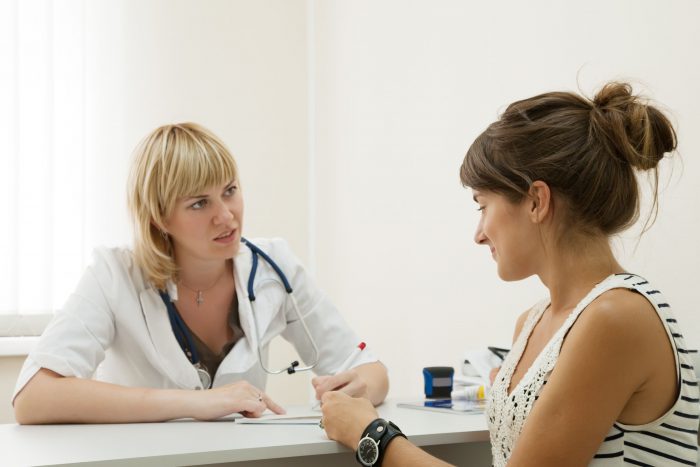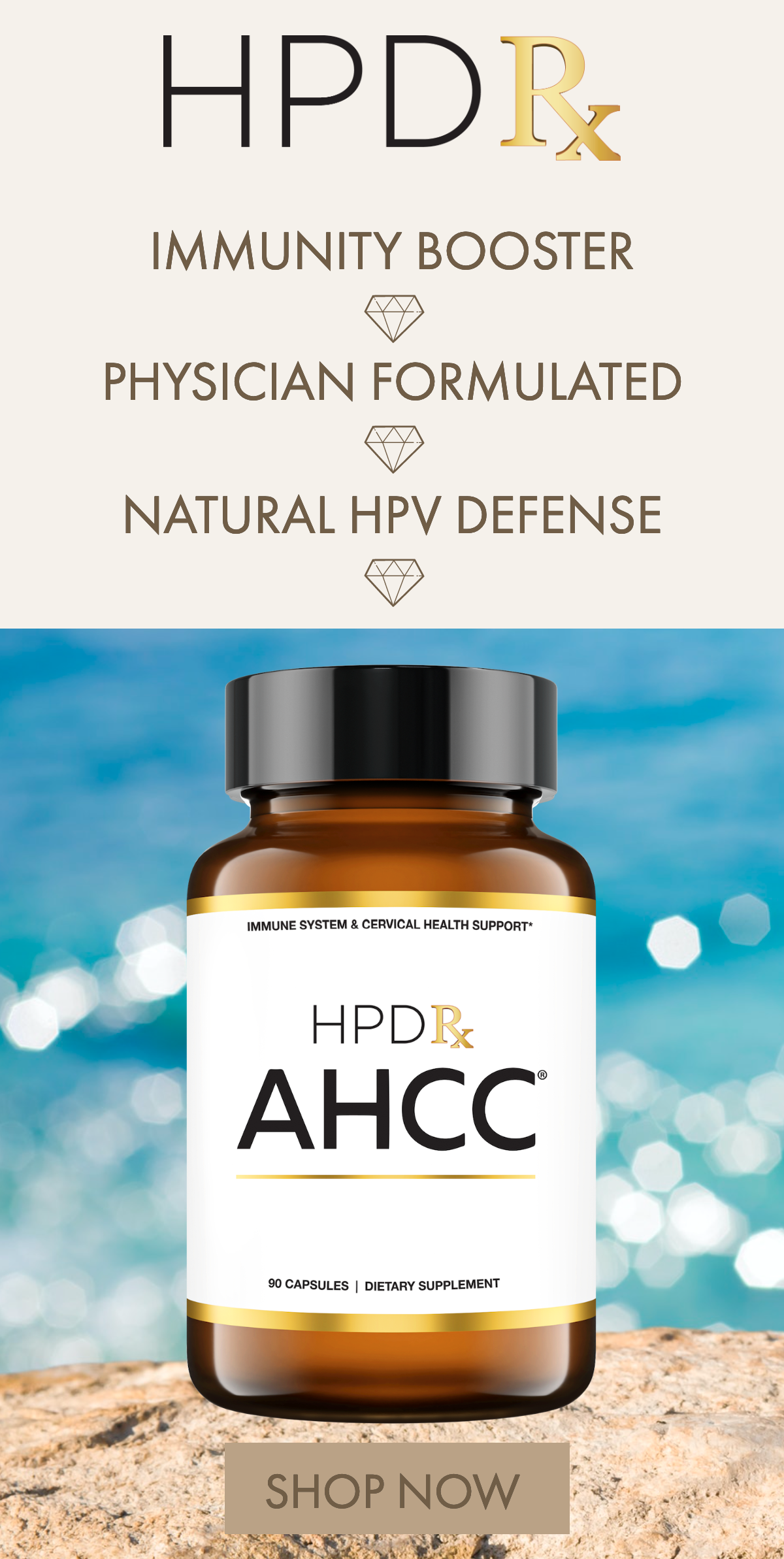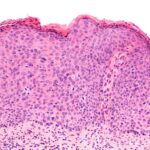
Warts are a skin growth often caused by human papillomavirus, or more commonly known as HPV. There are several variants of HPV, and while most cause warts, some can also cause a variety of cancers.
HPV is a virus that can be sexually transmitted or transmitted through skin contact. However, vaccines can help prevent certain strains of HPV infection, including the strains that cause genital warts from HPV and those that are associated with cancer of the cervix.
The majority of HPV variants are not cancer-causing, but some, like genital HPV, can result in cervical cancer. Some cancers located in the throat, anus, penis, vagina, and vulva have also been associated with HPV.
Symptom of HPV
Warts are one of the most common signs of HPV infection, though often your body’s immune system can destroy the HPV virus before warts ever appear. If the virus does survive long enough to cause warts, they will likely be different in appearance, location, and severity depending on the type of HPV strain that caused the infection.
- Common Warts: These warts develop as raised bumps along one’s hands or fingers. These bumps have a rough texture, and are usually just cosmetically troubling. However, they can cause some pain and be prone to more injury than the normal skin surface and may bleed.
- Plantar Warts: These warts are commonly found on the bottom or heels of one’s foot. Their texture is stiff and harsh. The primary concern with these warts is their propensity for discomfort when walking.
- Flat Warts: These warts are raised along the skin’s surface with flat tops, and can appear in different places. Most men get them along areas of beard growth, while women often develop them along their legs. Children primarily develop them on their face.
- Genital Warts: As described by their name, these warts develop along the genital surface. In men, they appear along the penis, scrotum, or anus. For women, they primarily develop around the vulva, but can also erupt around the anus, cervix, or vagina. These warts can have several appearances, including flat lesions, small, textured bumps, or thin protrusions. Genital warts are rarely painful, but are associated with some irritation and tenderness.
HPV and Cervical Cancer
HPV is the leading cause of cervical cancer, but cervical cancer can take as long as twenty or more years to develop after HPV enters the body. Because neither HPV nor this cancer develop particularly indicating symptoms, it can be difficult to detect early. The best way to prevent cervical cancer as a result of HPV infection is to be vaccinated against HPV.
Consistent screening tests can help earlier detection, as these tests can flag cervical changes could be pre-cancerous. Guidelines about when to test and what types of tests you should consider depend on age and risk. For women ages twenty-one to twenty-nine, a pap test is recommended at a minimum of every three years. For women thirty to sixty-five years of age, the recommendation is to get a pap test every three yeas as well, or every five years if they are also able to get an HPV DNA screening. Testing isn’t necessary for women over sixty-five so long as they’ve had at least three consecutively normal pap tests, or two normal HPV DNA tests and a normal pap test.
Seeing a Doctor
There are currently no cures for HPV although there are promising treatments on the horizon. In addition, there are recommended HPV diets, exercise and immune building HPV supplements such as AHCC that can support building a stronger immune system response. If you have a wart that causes distress, discomfort, or pain, you should consult a doctor. While most HPV infections are not cancerous, consult your doctor about treatments and risks of HPV.









